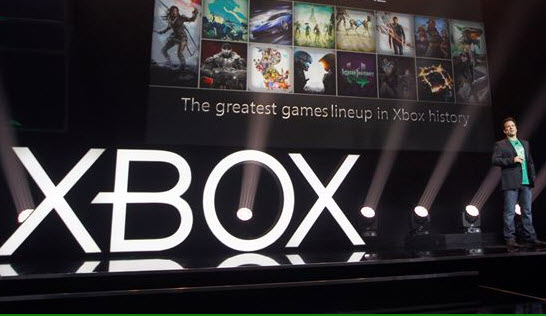Microsoft to update Xbox One consoles with Windows 10 core in November

Microsoft will be taking another step toward fleshing out the company's Universal Windows app strategy this November when the company updates Xbox One gaming consoles with the Windows 10 Core.

Currently, Xbox One consoles run on an operating system that includes the Windows 8 core. The Xbox One OS includes a host OS, which is a heavily modified Hyper-V hypervisor and two partitions. The "Exclusive" partition is a custom virtual machine (VM) for games; the "Shared" partition is a custom VM for running multiple apps. The Shared Partition is currently running the Windows 8 Core.
Microsoft is planning to upgrade that Windows 8 Core to a Windows 10 one in November via a regular Xbox One update. November also seems to be the time frame for Microsoft to deliver the emulator (presumably requiring Windows 10) that will enable Xbox One consoles to run many Xbox 360 games. Update: As a few readers on Twitter have pointed out, the backward compatibility enabling 360 games on Xbox One is in preview already, so not tied to the arrival of the Windows 10 Core on Xbox One.
One obvious reason Microsoft is planning to move to 10 on Xbox is to make it easier and cheaper for the company's Windows team to develop, update and maintain the operating system.
Microsoft has been moving gradually toward its long-promised goal of running "One Windows" across all of its different devices.
By making it so developers can write a single app core for Windows 10 which will be adaptable -- in theory with relatively little developer intervention -- across any/all these device types, Microsoft is hoping the coming Windows 10 tide will raise all boats. Microsoft is betting that developers who are interested in building apps for one type of Windows device might be swayed to build for additional device types if the company makes it easy enough to reuse code.
Although Microsoft is moving back to its software/services and business roots these days, gaming is still important to the company for several reasons. Microsoft management believes without a strong game line up on its devices, Microsoft won't have a chance to try to gain relevance in the mobile world.
For a non-gamer like me, it's hard to believe that the biggest "digital life" (not "work") category of apps, measured in both time and money spent, is games. But Microsoft officials claim the data shows this. This is the biggest reason Microsoft bought Minecraft; it's the top-grossing paid app on both iOS and Android.
exclusive
Microsoft management also is looking to games as key to new monetization opportunities for the company -- not just on gaming consoles or phones, but on PCs, too. Microsoft brass have said they think having having tightly integrated search (Cortana and Bing), a new unified store (with plenty of games) and gaming built directly into the Windows experience are all "new monetization opportunities, once a PC is sold."
It's worth remembering that Xbox, to Microsoft, is a lot more than just a gaming console. It's first and foremost a brand.
"Xbox is Microsoft's premier entertainment brand for the TV, phone, PC and tablet," the company spells out plainly in its press materials.